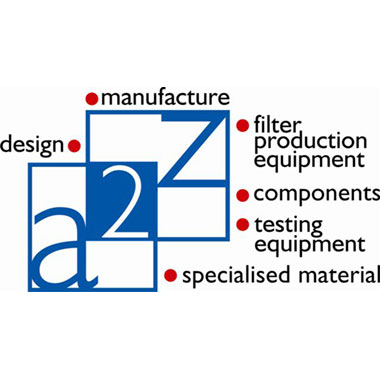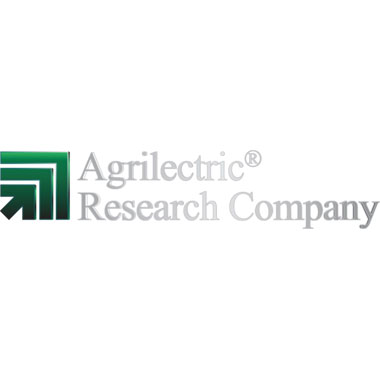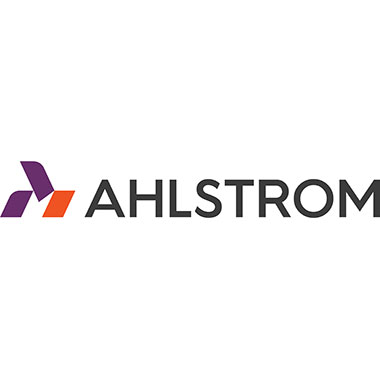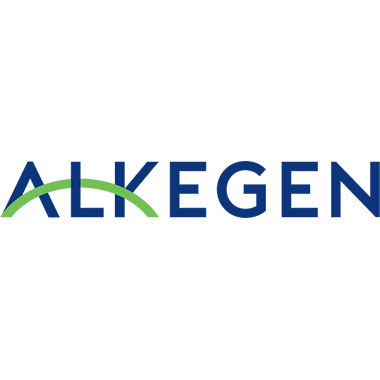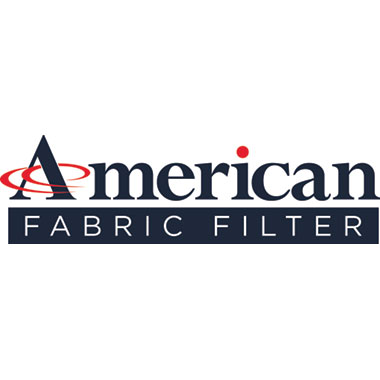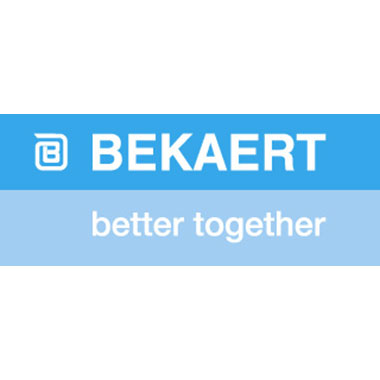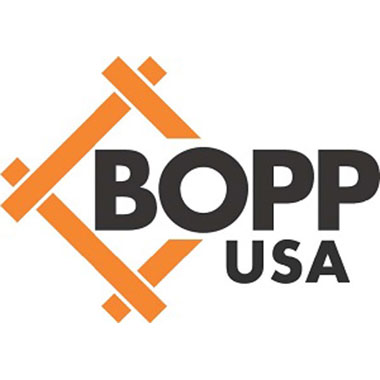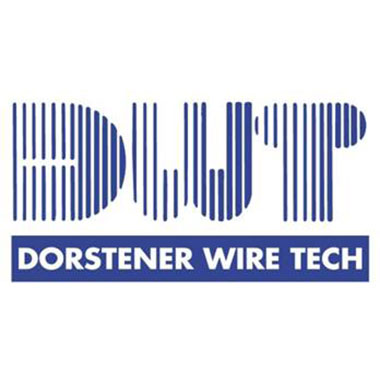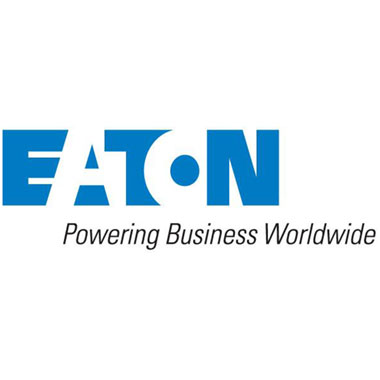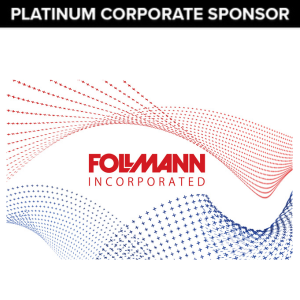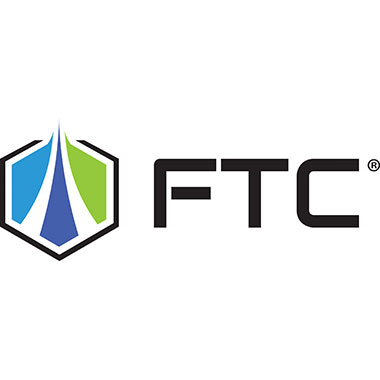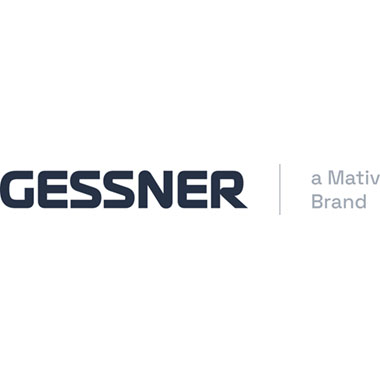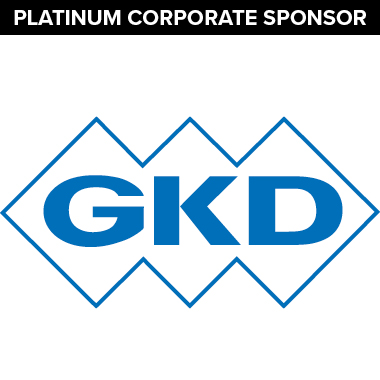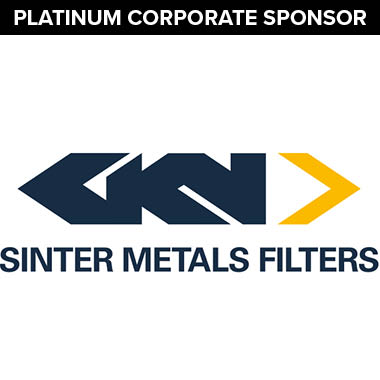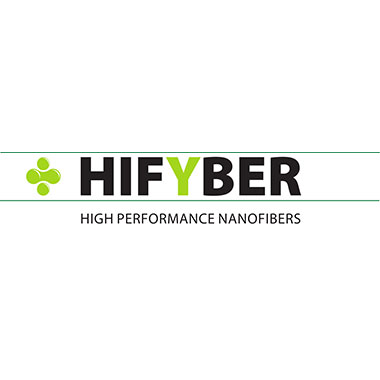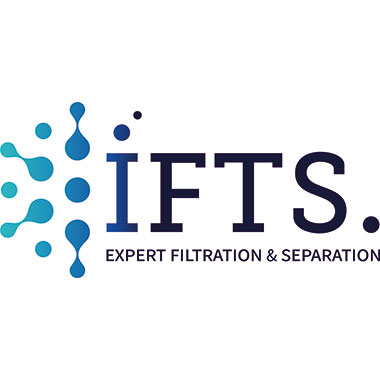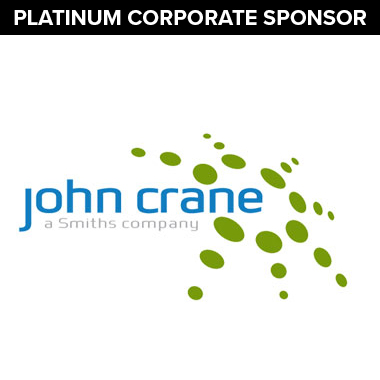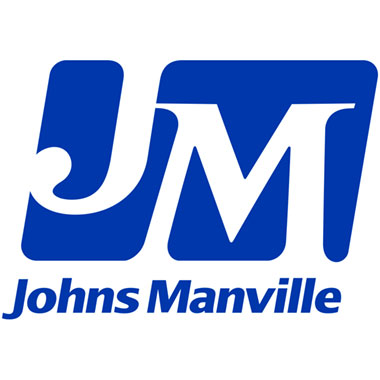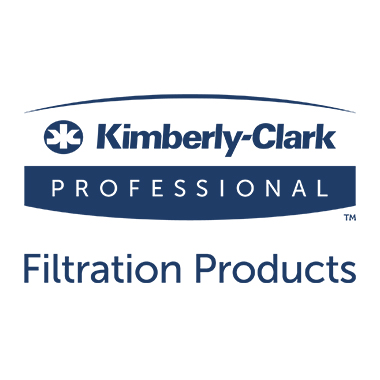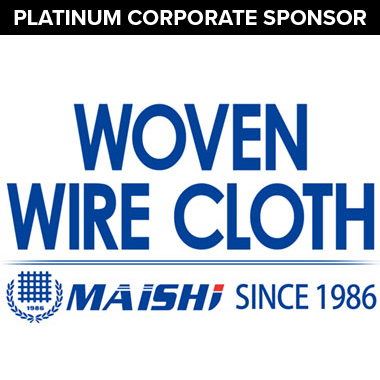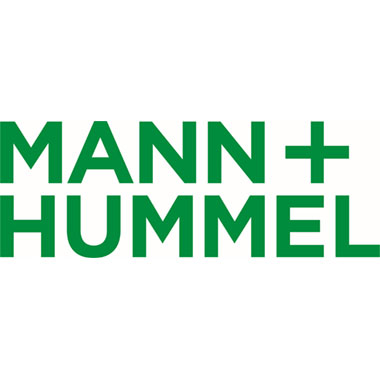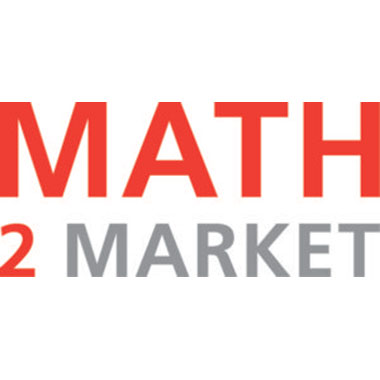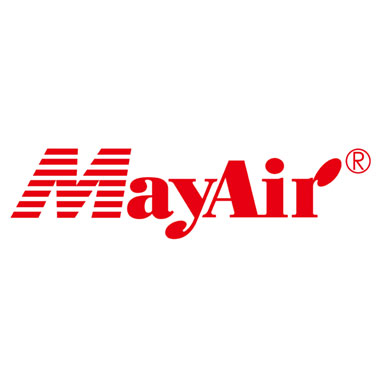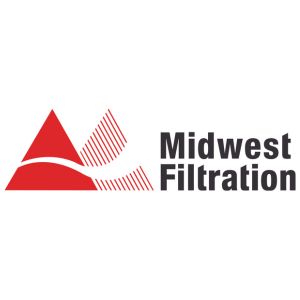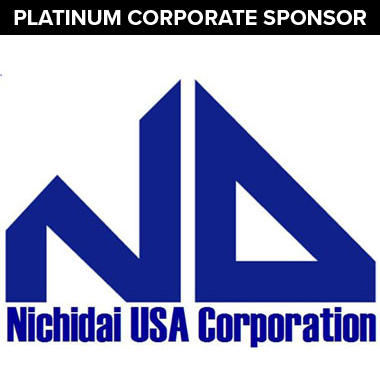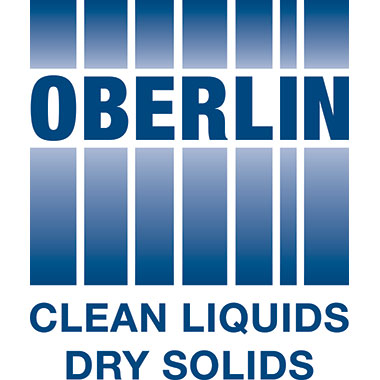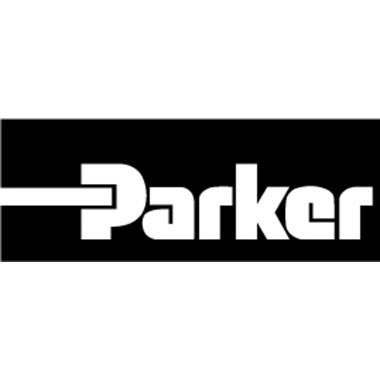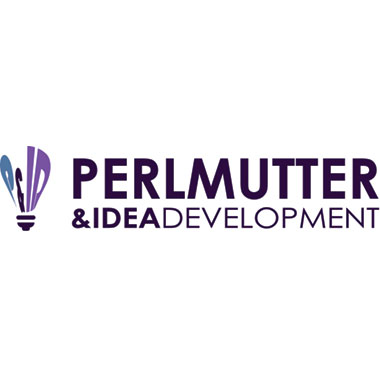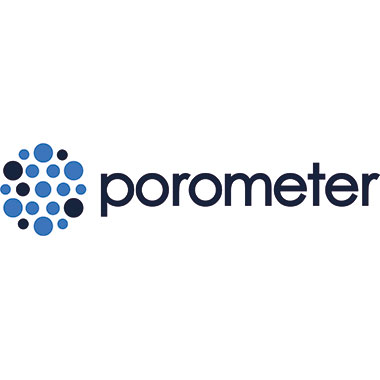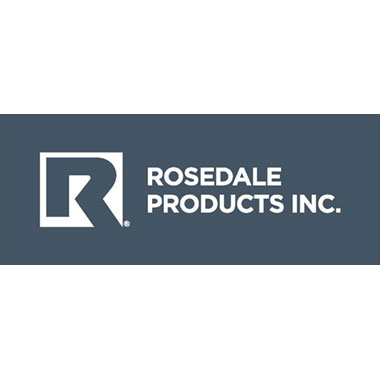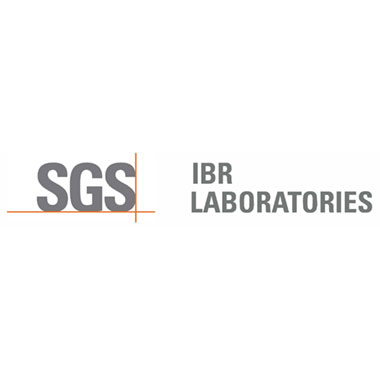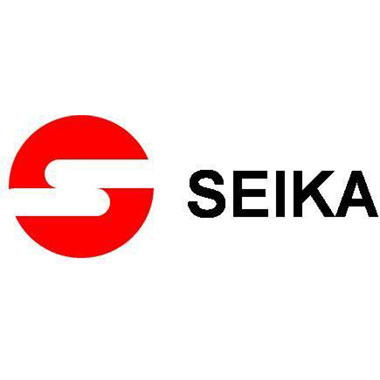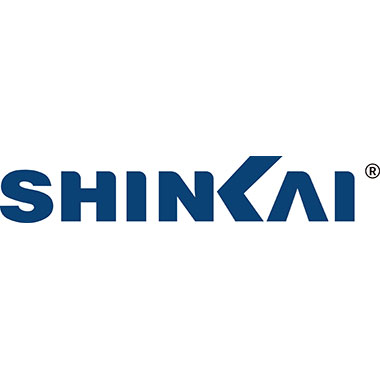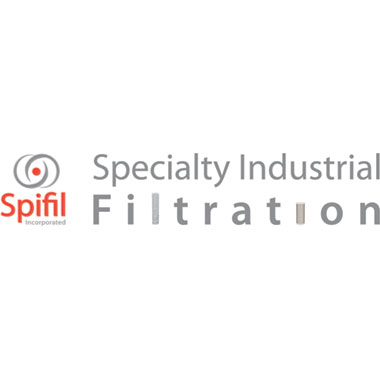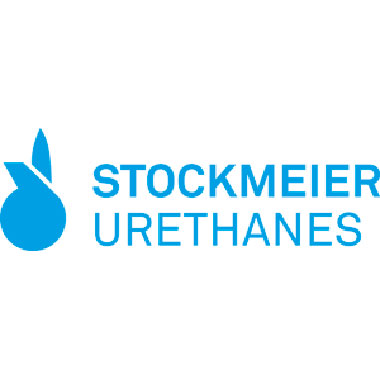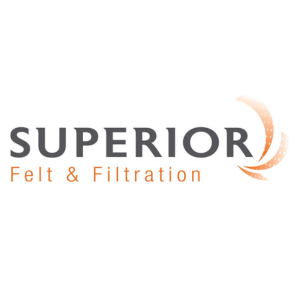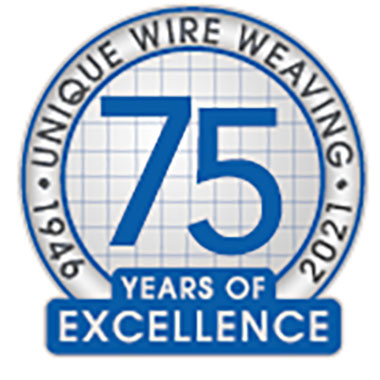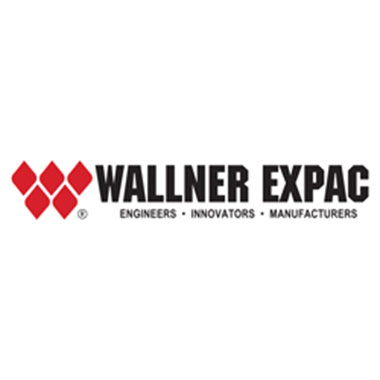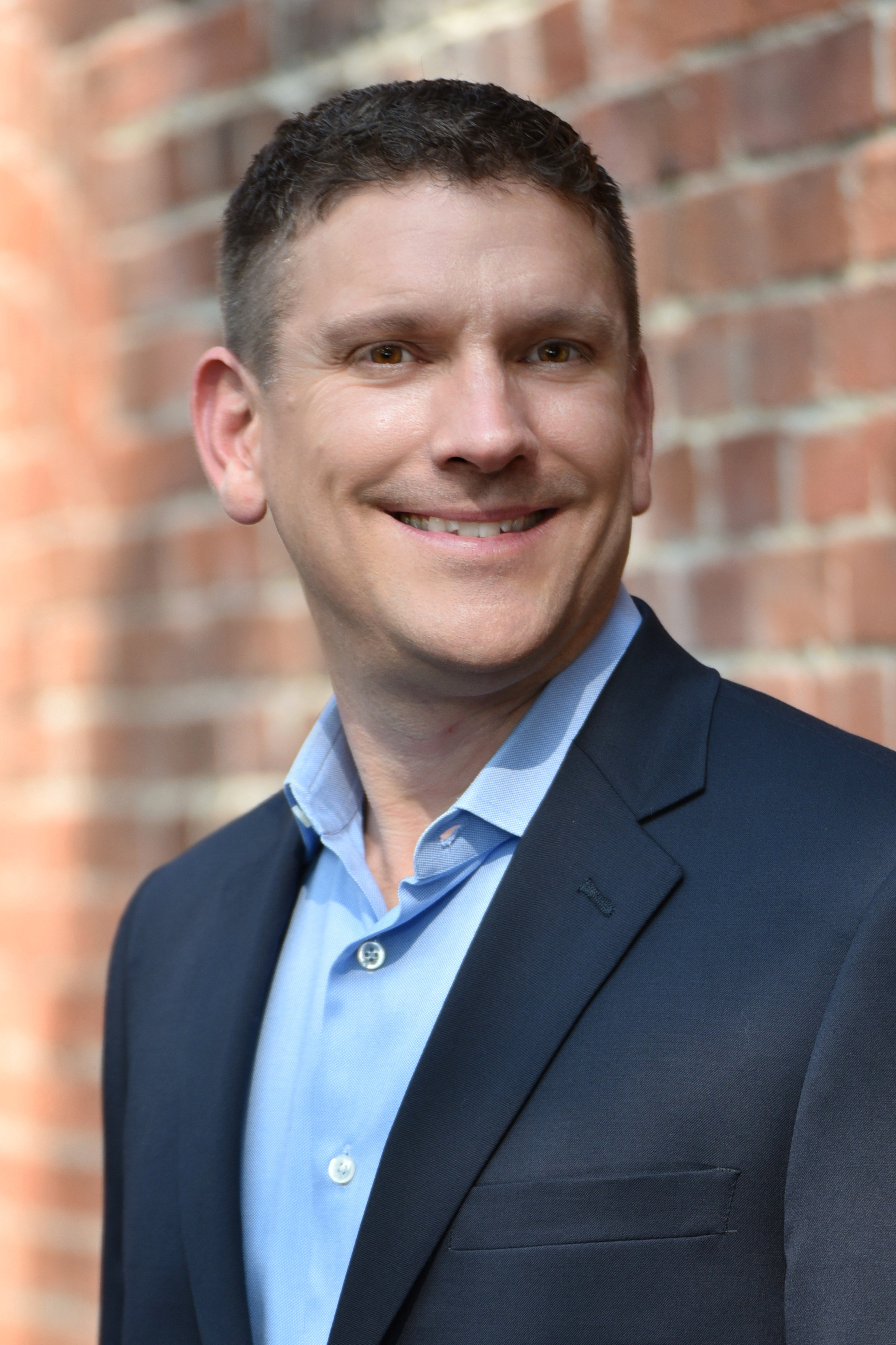
AFS FiltCon 2021 included a plenary presentation from Josh Ayer, Vice President & Managing Director for the Americas at Hollingsworth & Vose. His presentation, “Impacts on Filtration Market Growth,” was an excellent summary of growth drivers in the filtration industry, both before and since COVID. Below is an abbreviated version of his presentation.
The filtration industry remains dynamic and responsive.
Filtration has long required superior supplier/customer technical collaboration for long term survival. Our proven history of equipment and people protection has created an environment in which original equipment manufacturers are willing to pay for the unique performance provided by filtration.
Our industry is driven by consumables. The need to use and replace filters frequently creates a sustainable demand environment. We all strive to increase the performance and life of our products, but the nature of the industry ensures a strong demand position for companies creating superior products.
Filtration has always enjoyed ever-expanding opportunities and applications for growth. Even as we weigh the impacts of potential challenges, like electric vehicles on traditional automotive filtration, a host of new and exciting applications are emerging to drive our industry forward.
Air filtration is a significant area of growth, driven by consumer awareness.
Air pollution is the number one environmental cause of premature mortality: 7.6 million people a year globally and 50,000 in the United States die early because of air pollution. The costs associated with bad air are astronomical: $1.7 trillion isspent globally on healthcare costs related specifically to air pollution.
We can track how growing consumer awareness is impacting the growth of our markets. Just 15 years ago in the United States, only about 40% of new vehicles came with a cabin air filter, and less than 10% of those had an air filter containing carbon. In 2021 virtually all new vehicles come with a cabin air filter, and almost half come with a high-end filter containing carbon. In the fast-growing electric vehicle market, cars include true HEPA grade cabin filtration.
The basis of air quality filtration started with equipment protection. Twenty years ago, whole home air filtration units started with a “good” MERV 7 filter that was meant to protect the fan unit more than the people living in the home. As consumers’ understanding has grown, so has their demand for performance, and consumers now expect their HVAC filters to protect them from bacteria, mold, allergens and smoke. Viruses, among the smallest of airborne contaminants, are joining the list.
In 2020 Elon Musk, carrying a Tesla HEPA grade cabin air unit on stage, called the filter a “bioweapon defense” that offered 10 times more protection than standard automotive filters. Soon after, Musk tweeted that he would “make super-efficient home HVAC with HEPA filters one day” (Sept 11, 2020). Pretty powerful advertisement for our industry!
Water quality also has become a global issue of concern.
Humans need 20-50 liters of safe, clean water a day. The decline in water quality has become a concern as human population grows, industrial and agricultural activities expand and changes in climate threaten the hydrological cycle. The most prevalent water issues are contamination and scarcity. In 2010, in recognition of this issue, the United Nations declared access to clean water a basic human right.
Municipal water treatment facilities have finite space to operate and limited access to fresh water. As cities grow, so do the demands on water supply. Rather than just provide basic wastewater treatment, municipalities are upgrading their capabilities. Direct-to-Potable or Direct Potable Reuse (DPR) systems have long been popular overseas, but they are now gaining traction in the United States. The city of Las Gallinas, CA, used such a system to filter recycled water by as much as four times over the previous water treatment facility. Advanced water filtration technology is essential in delivering consumers the final products they demand. A $2.2 billion market, up 37% over traditional municipal water spending, provides a secure, attractive market segment for future growth.
Growing consumer awareness about the effects of contaminated water (such as events in Flint, MI) have bolstered interest in long-term, home-based domestic water purifiers.
The automotive engine industry is demanding filters than can do more.
While U.S. car drivers are firmly in the automatic transmission camp, with only 2% of all vehicles sold having manual transmission, the rest of the world has not been so enchanted – but that is changing. According to Ford Motor Company, the number of cars and multi-purpose vehicles equipped with automatic transmissions that it sells in Europe has more than tripled over the past three years, from 10% of sales in 2017 to 31% in early 2020. This is good news for the filtration industry.
Manual transmissions traditionally have been preferred for low gas consumption. But through innovation, automatic transmissions are now achieving higher miles per gallon of fuel than traditional manual transmission cars and using only half as much oil, placing a significant demand on the transmission filters. The growth in this market isn’t dependent on the filter-heavy internal combustion engine either – the same trend is seen in hybrid and fully electric cars.
Government regulation and voluntarily adopted standards continue to drive growth and innovation.
Government regulations have long been a driver of growth and innovation in filtration. Regulations are ever changing, increasing the demands put on filtration performance. And many companies are voluntarily adopting other standards, some even more stringent than those of their governments, such as WELL certification and LEED standards for buildings, in order to meet pressure placed on them by customers, investors and other stakeholders.
Since the early 1990’s, new vehicle models have had to meet increasingly stringent exhaust pollution limits. These standards have different names around the world, but all have the same goal of improving air quality and health while increasing fuel efficiency. As technology has advanced to meet the needs of pollution regulations, the filters have become more complex. To protect these more expensive systems, cellulose media have given way to blended materials, glass containing media and complicated composite materials.
So, while in fuel filtration the number of filters used is going down, the importance of filters is going considerably higher, and so is their value. As the result, the fuel filtration market will continue to grow faster than GDP, as the market becomes increasingly technical and performance-driven – and not just in developing markets such as China, India and Brazil, but also in mature markets like the U.S. and Europe.
How COVID has impacted filtration and how filtration has responded.
Before COVID, our industry was in a pretty good place: demanding applications with ever-increasing performance requirements across a broad spectrum of interesting markets. Then COVID hit. I’m pretty sure nothing will ever be the same in the world of filtration. The current steep surge in demand in certain sectors will eventually slow down, but we will be settling at a new baseline. The demand for filtration media has never been greater.
When the pandemic erupted, filter media capacity constraints developed quickly. To provide support, the nonwovens industry came together to maximize production, prioritize medical needs and help set a minimum meaningful common standard in the market. We created a clear, consistent set of expectations to provide source control and ensure consumers a minimum level of protection from particulate matter. The development of ASTM F3503 was the result of these efforts. The lower performance level of this standard allows for non-traditional media to be used. These materials to a large extent outperform a regular cloth mask or gaiter, providing an increased amount of security to users. This leaves higher end performing materials such as meltblown and electrets to be used in higher performing applications.
With the rapid expansion of the market for filter media created by the pandemic, the big question is what the RPE (respiratory protective equipment) market will look like after the pandemic. We see three factors driving future demand. One, the shift from less effective masks to more effective masks – meaning a wider use of N95 in medical and dental fields – and sometimes the use of multiple masks at once, especially in healthcare. Second, we anticipate broad acceptance and usage as consumers continue to consume facemasks after the pandemic. And third, government and corporate programs for stockpiling masks will continue to be a reality into the foreseeable future.
In the area of vaccine development, every vaccine requires micro-filtration. Micro-filtration is the separation of particles 10um to 0.1um in size from a process liquid. While liquid filtration down to 1 micron has been standard for some time, the demands at smaller microns, in combination with strict regulatory expectations set by the FDA, are pushing filter media development to new levels. The Milken Institute publicly tracks COVID-19 treatments and vaccines. As of the writing of this presentation, 251 known vaccines are using micro-filtration to ensure the world’s seven billion residents have access to life-saving vaccinations.
Customers who are better informed are better customers.
With dozens of articles in mainstream media such as Forbes, The New York Times and USA Today now regularly touting the power of filtration to clean airplanes, vehicle cabins and private homes, consumers now know what HEPA and MERV-rated filters are.
In a Harvard Gazette article called “How masks and buildings can be barriers to the coronavirus,” a Harvard epidemiologist was educating the public on the use of portable air purifiers and the importance of increasing the level of protection in their home HVAC units. With typical MERV 8 filters capturing around 50% of small particles, we can expect consumer demand to continue pushing public buildings and their own homes to wider adoption of MERV 13. Our customers now much more clearly understand the relationship between MERV 13 and 80-90% particle capture.
So what does all this mean for our industry? How can we as an association of filtration businesses help meet the world’s increasing demand for high performance filtration, ensure end-users receive the protection they seek from our products, and capture the value commensurate with the performance of our products?
Working with AFS and other filtration organizations, we can develop tools and best practices – especially application-specific advice and guidance on key sustainability issues – that ensure our products provide value. We can work outside the filtration market to support the development and adoption of enabling technologies. Innovating to incorporate sensors and indoor measurement systems that measure air quality, not just filter rating, sets a high standard and ensures we meet the growing demands of end-users.
In response to one of the greatest challenges most of us have experienced in our lifetime, our industry mobilized quickly to develop solutions. We created new face cover standards during a time of uncertainty and without perfect information. Setting a minimum, consistent standard for safety provided technical guidance and ensured protection for end users. We were also able to help support best-in-class material availability for those who needed them the most.
Not only have we been able to contribute to making the filtration market more robust, we also have reinforced trust and stability in our industry during a time of great need.
About Josh Ayer
Josh assumed the role of Vice President & Managing Director, Americas, at Hollingsworth & Vose in January 2021. Previously, he served as the Division President, Engine & Industrial Filtration. He joined H & V in March 2009 as Vice President and Managing Director, Asia Pacific, based in Suzhou, China. In previous years, Josh worked for SABIC, formerly GE Plastics, located in Shanghai, China. His experience includes sales, marketing and general management with industrially manufactured products for American Cyanamid, Troy Biosciences and Universal Electronics. Josh holds a BS in Agricultural Economics and an MBA from Auburn University.


